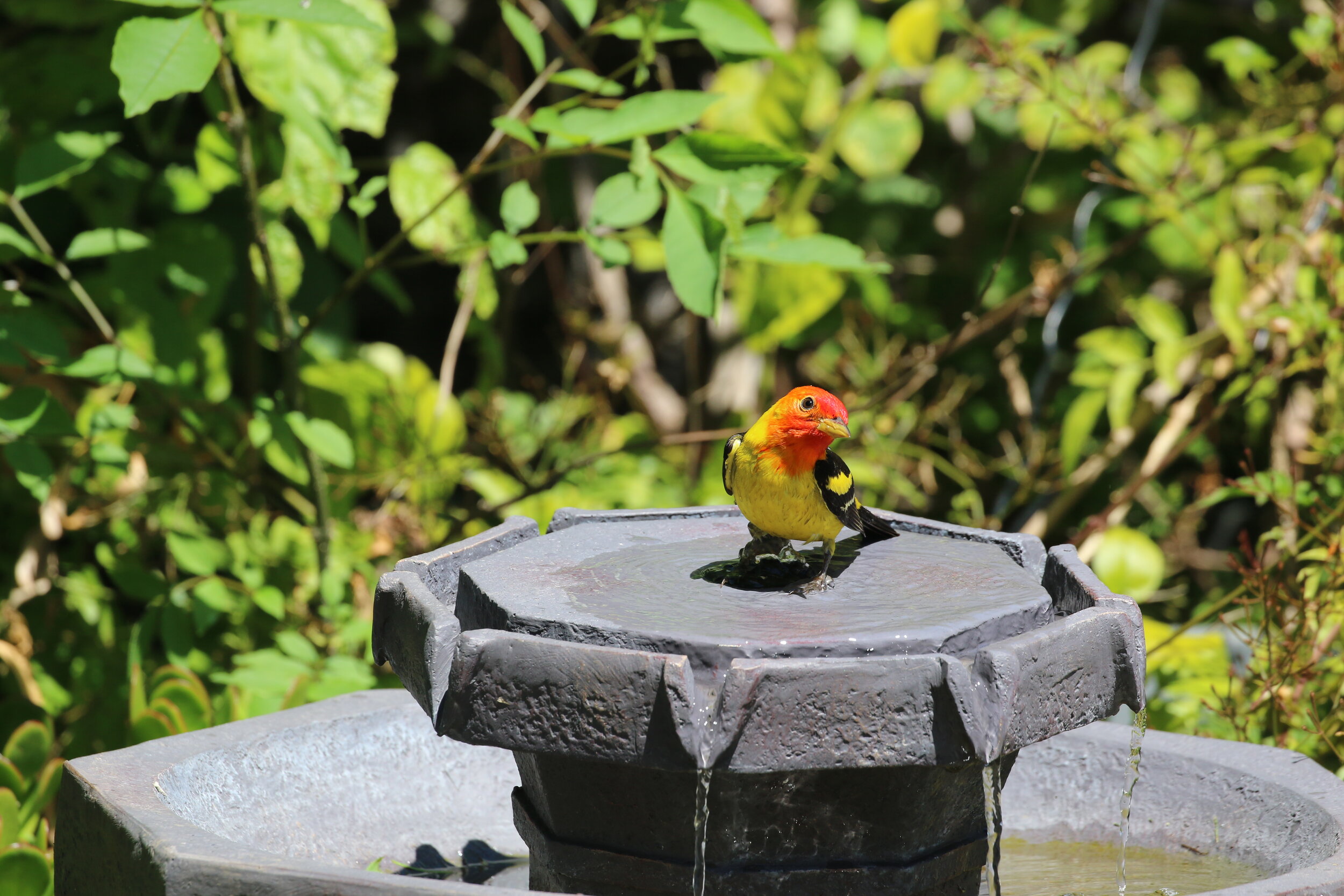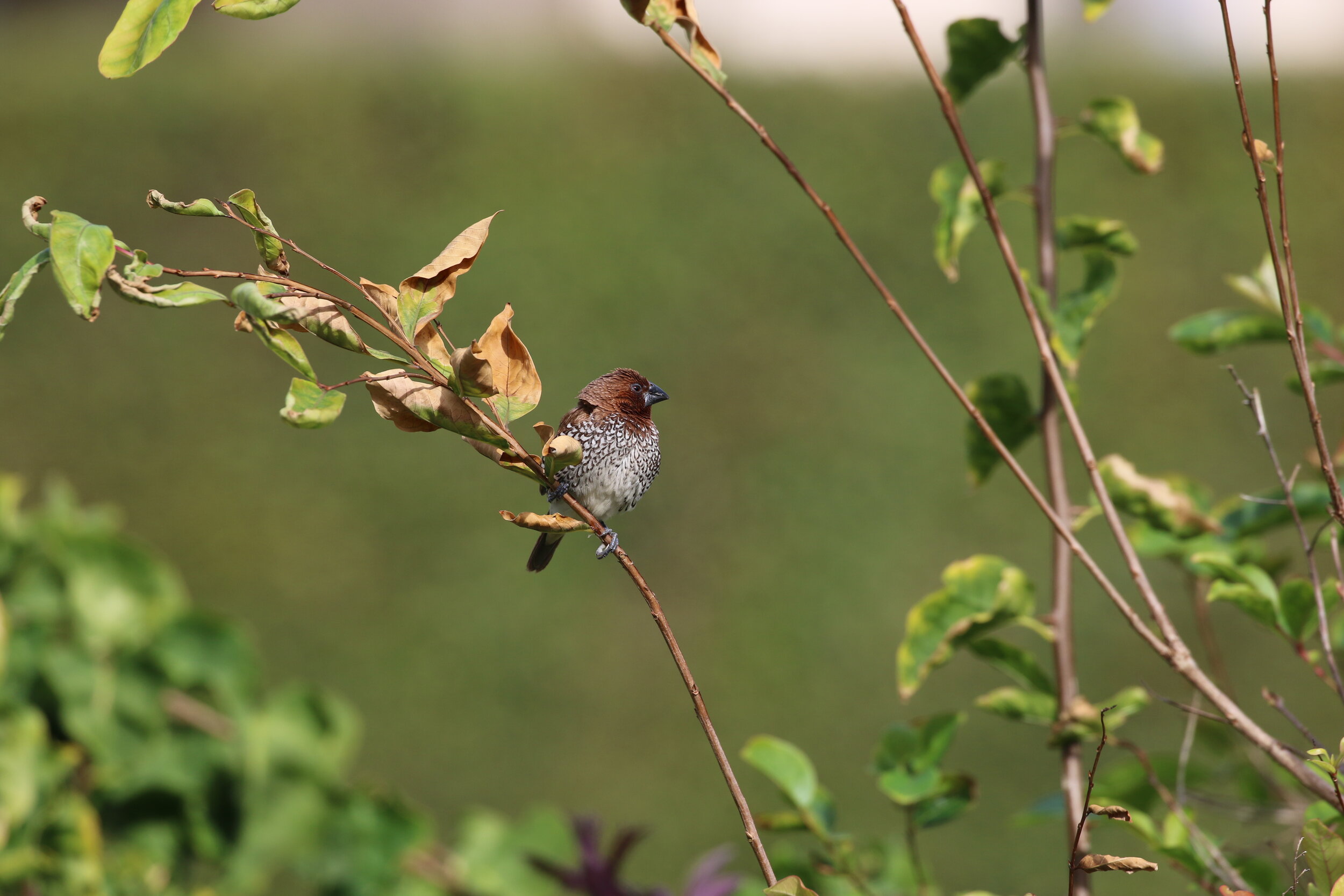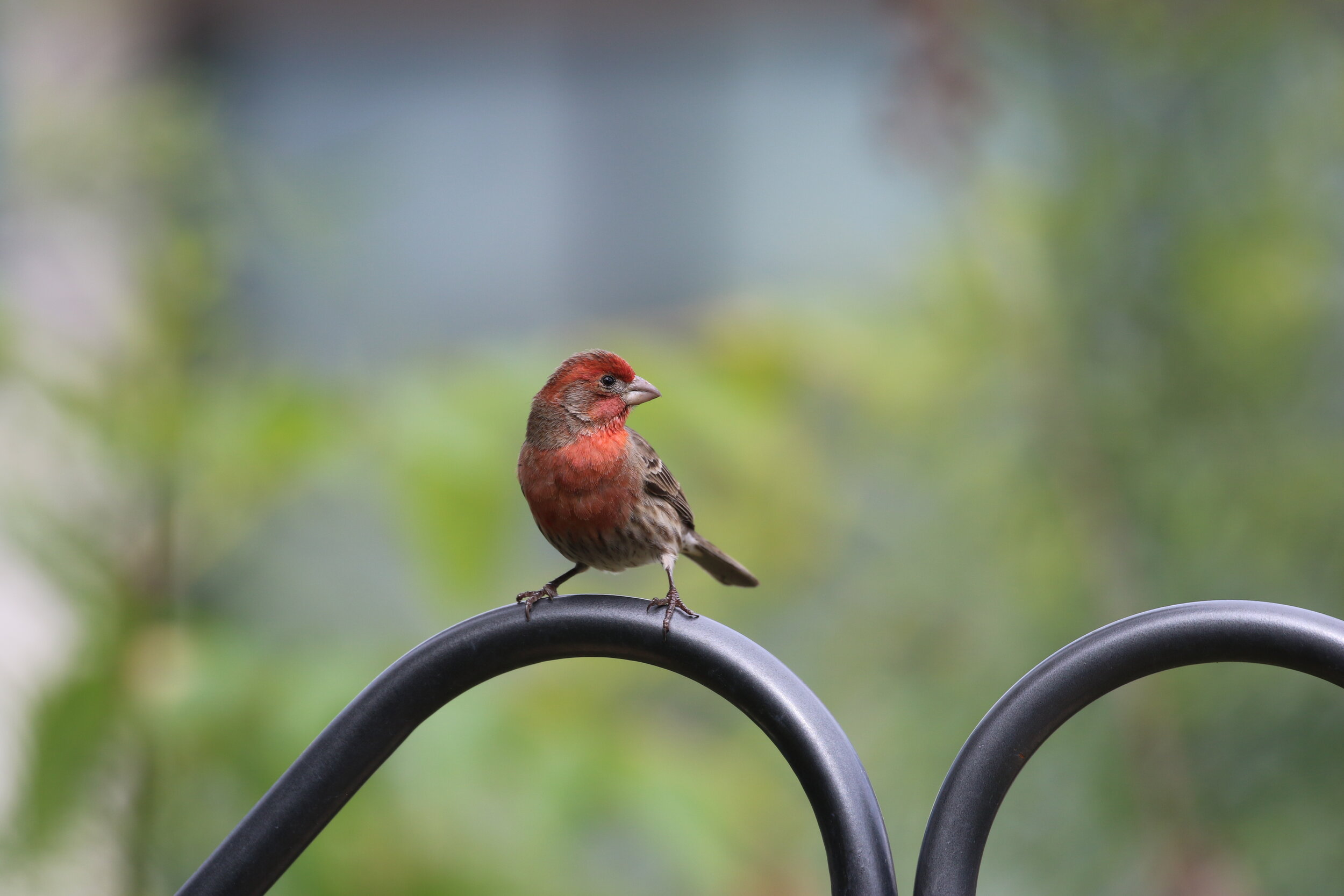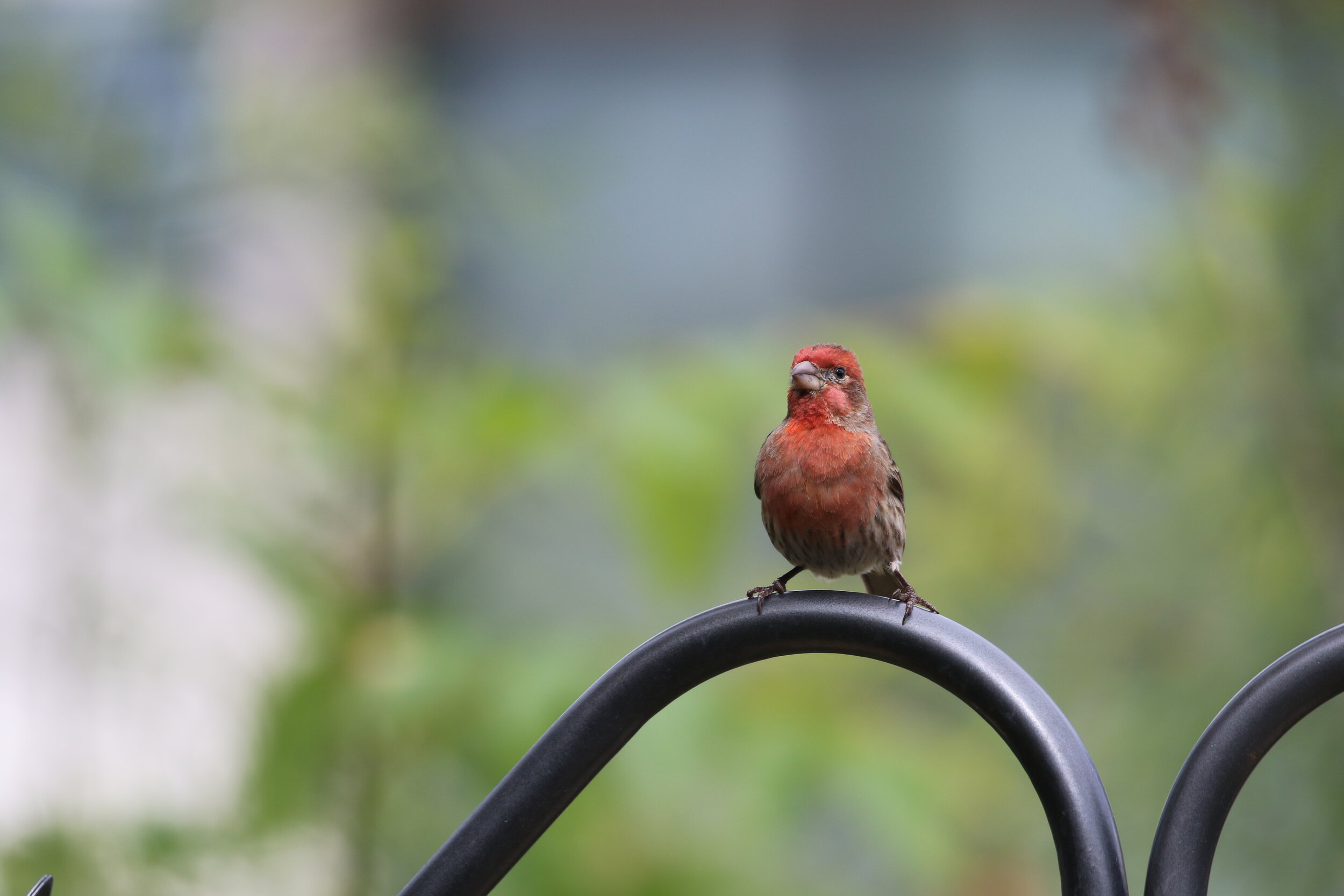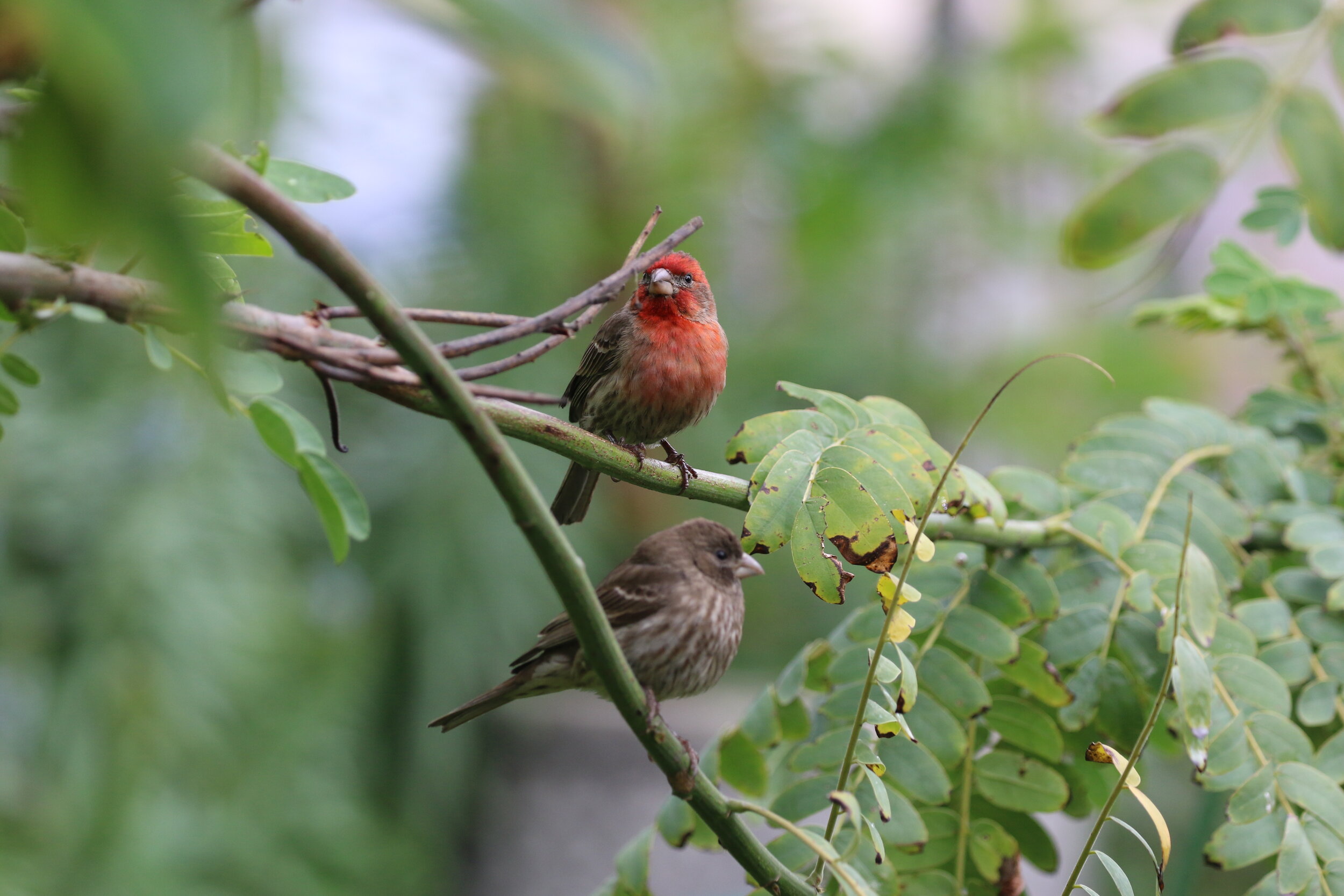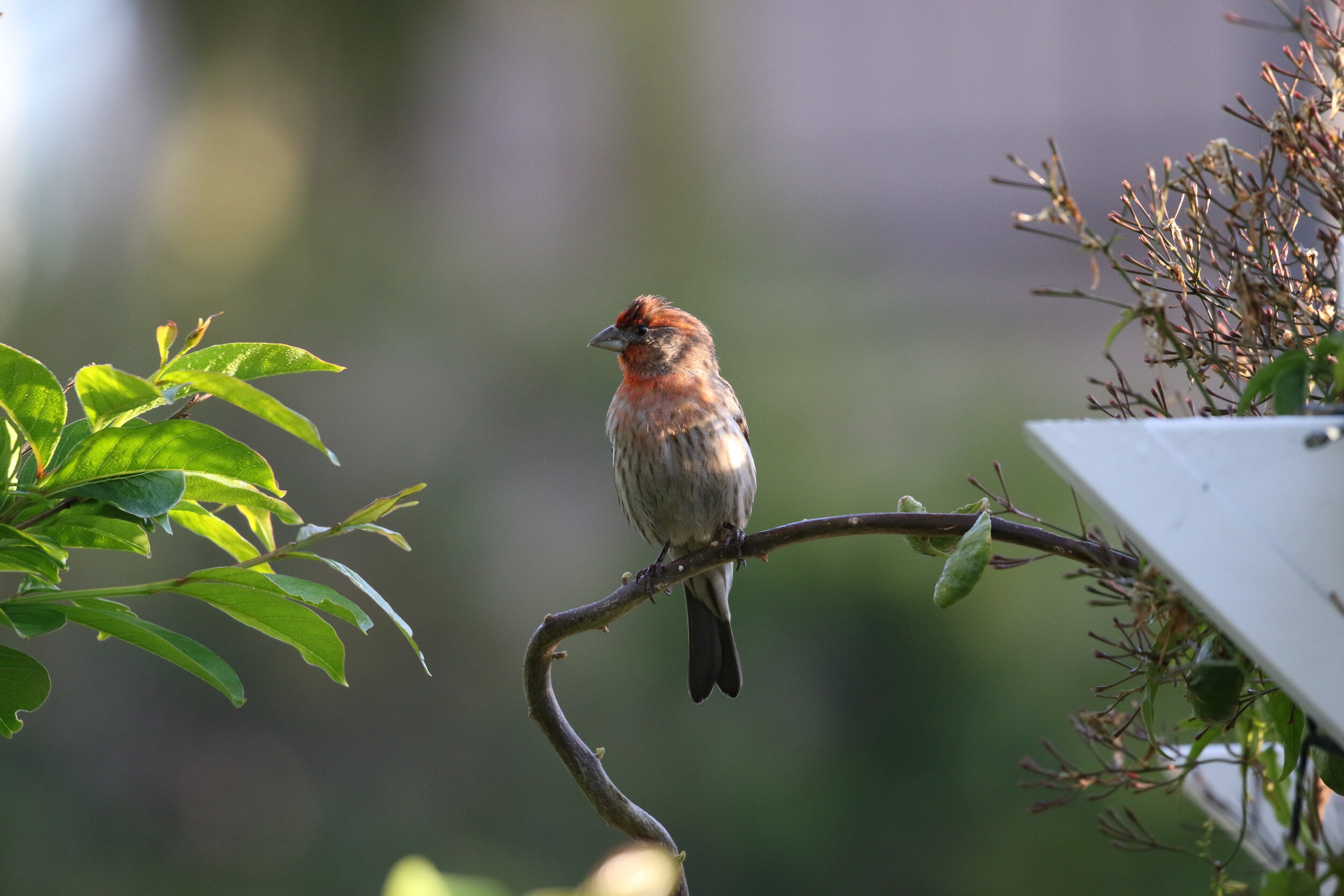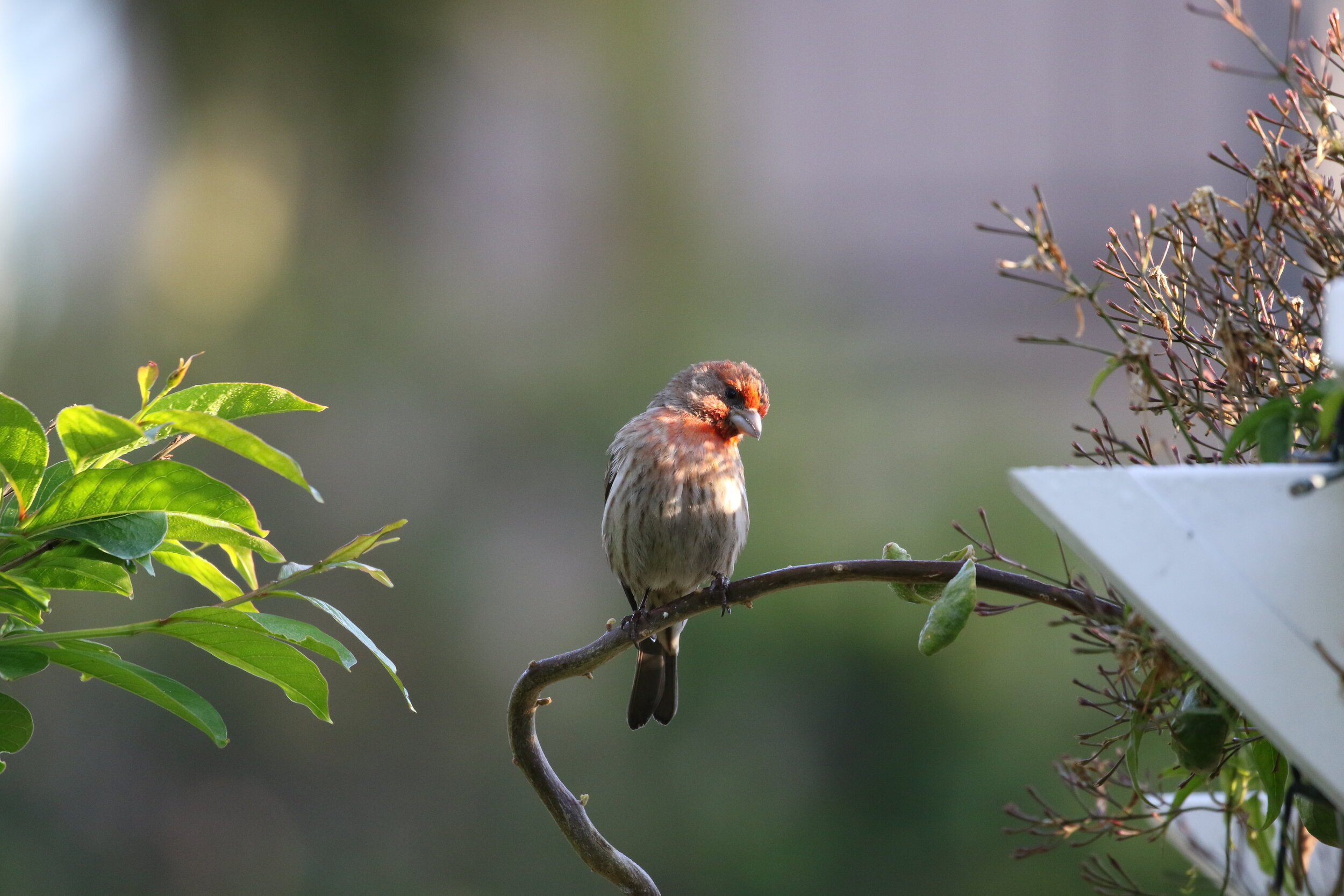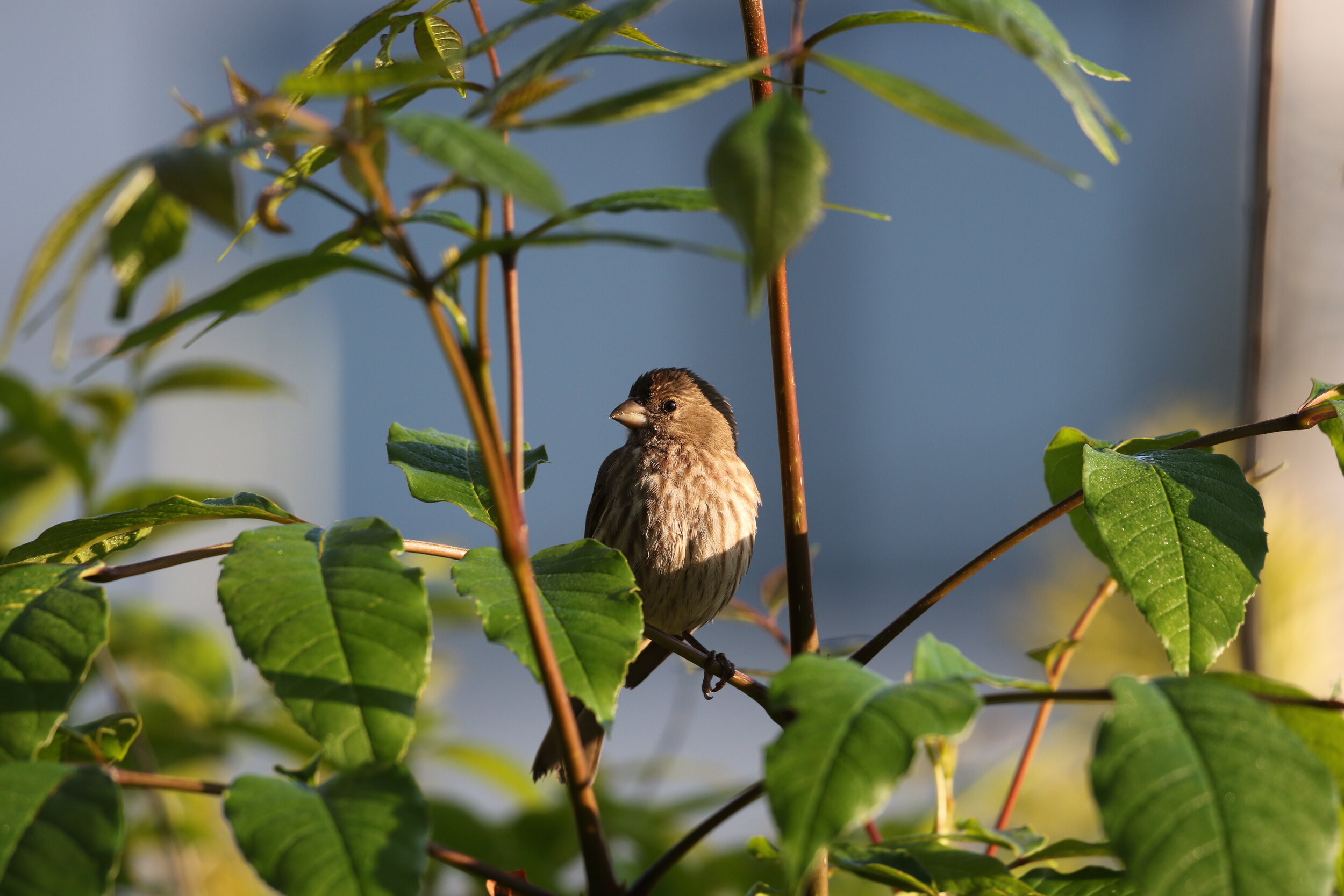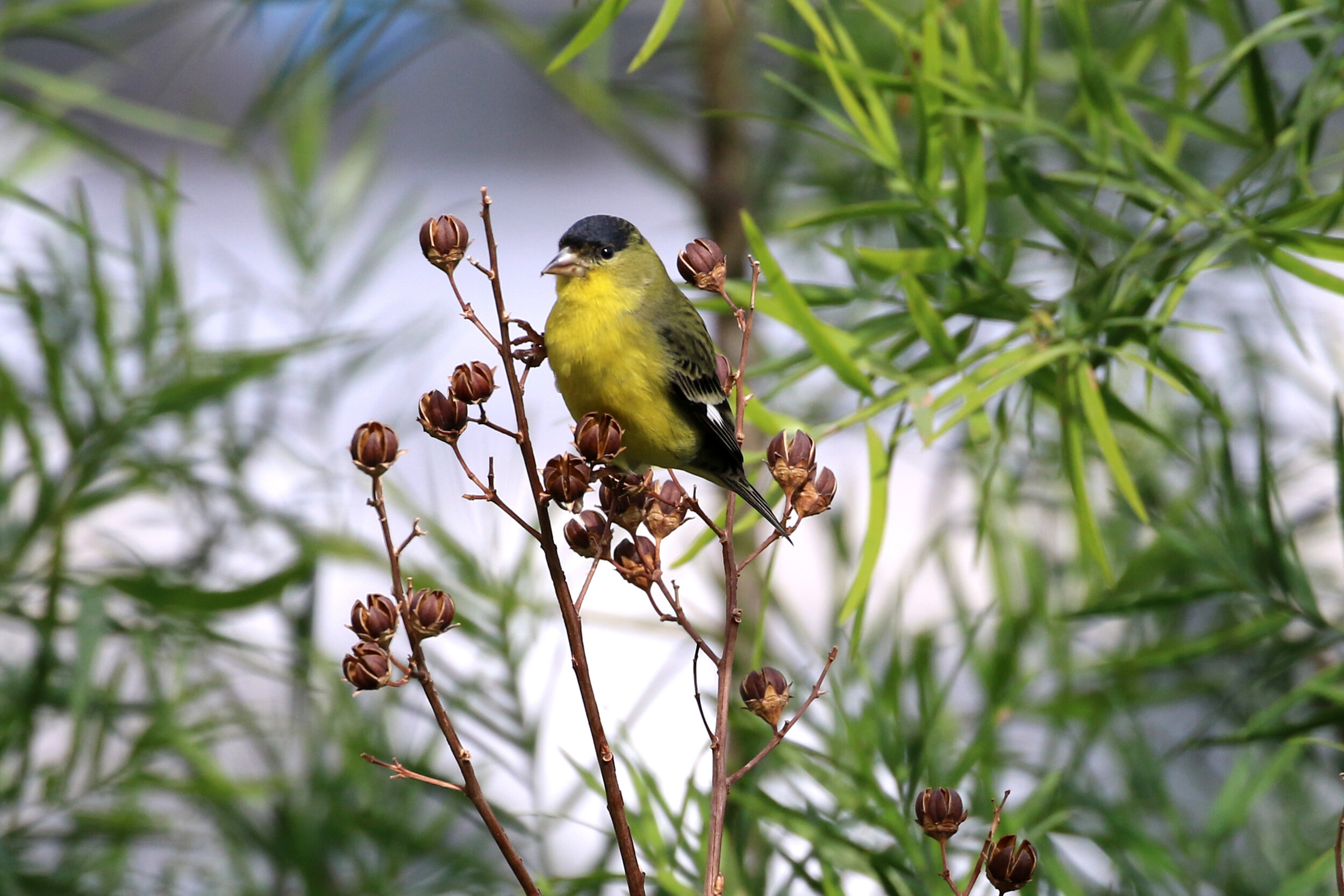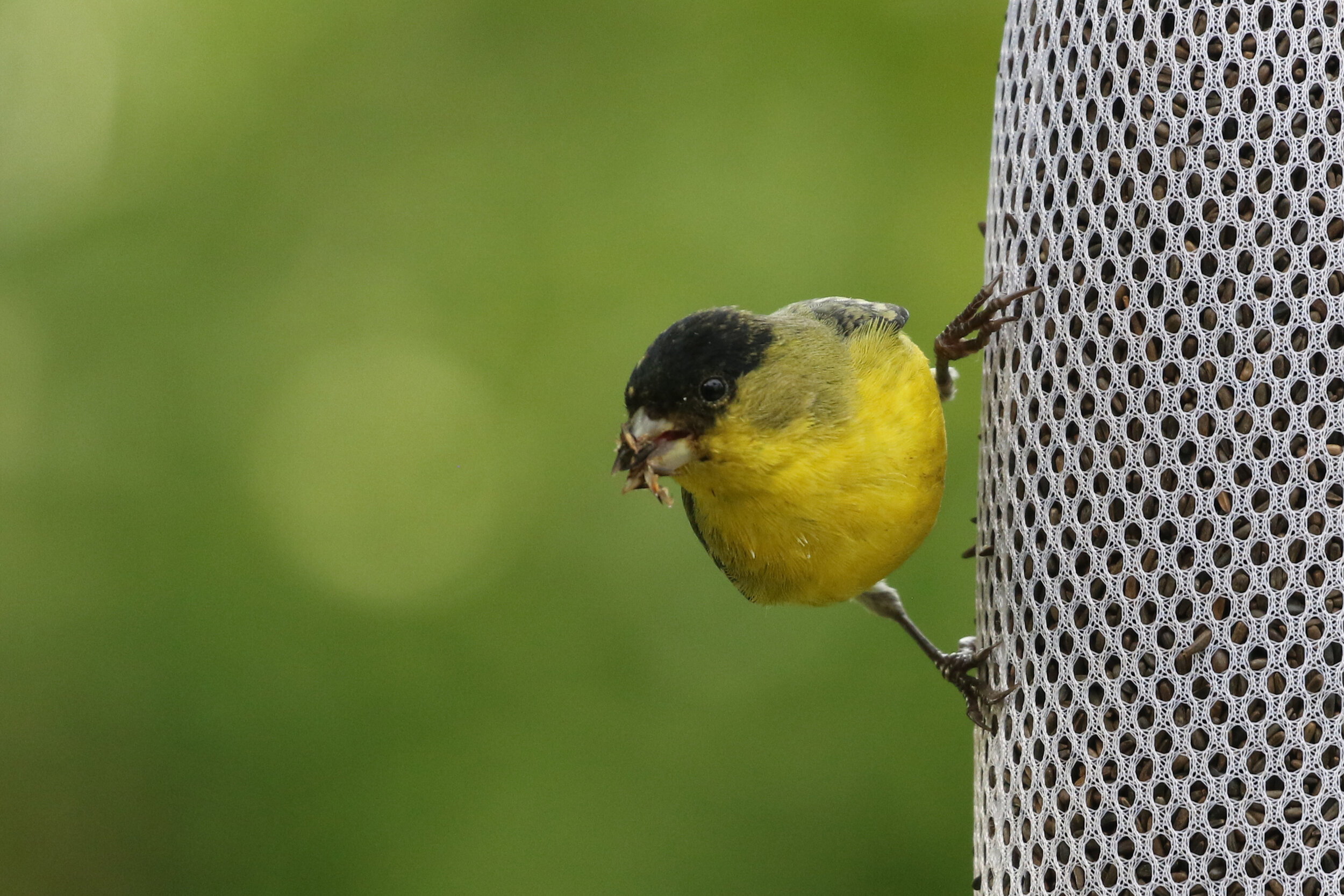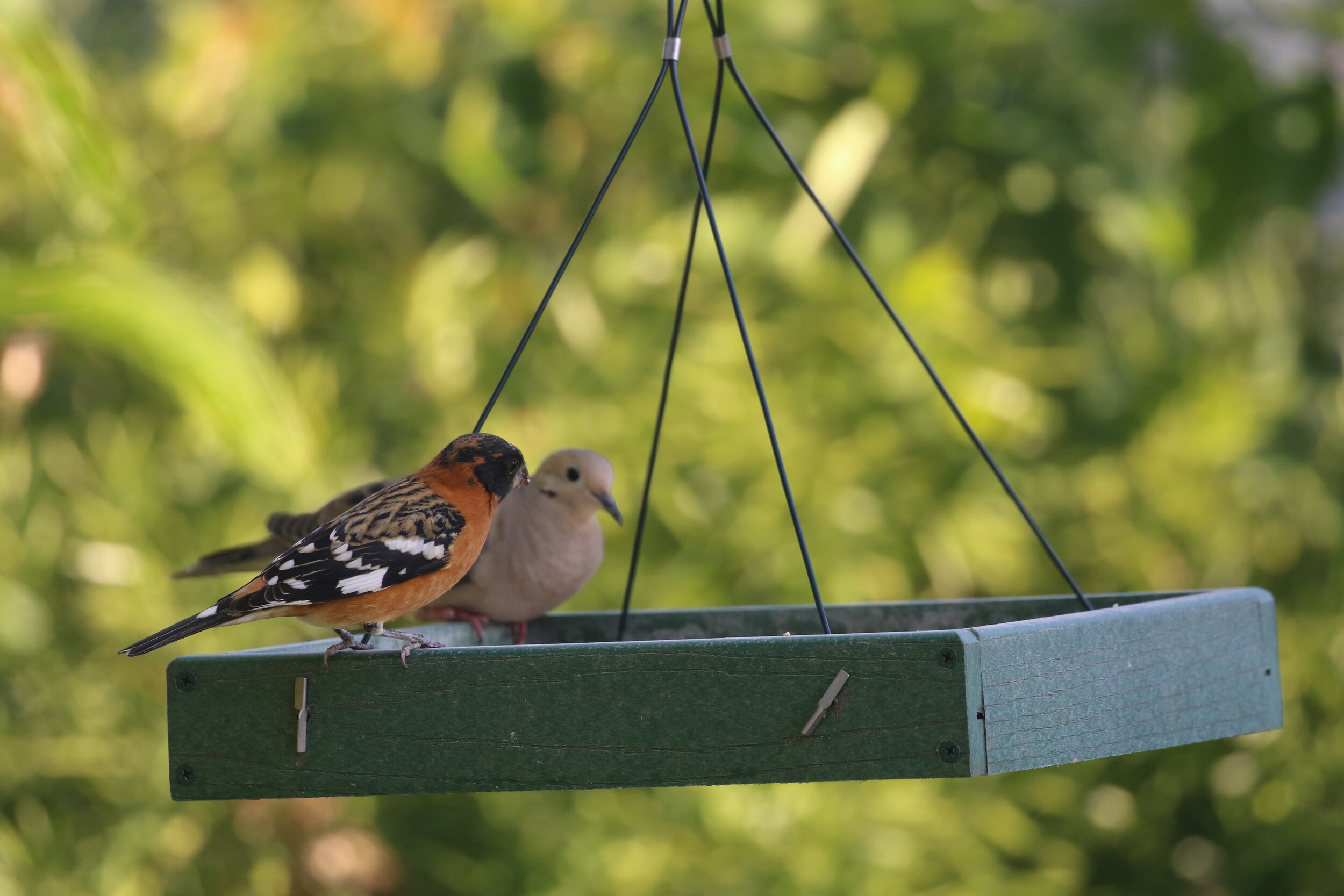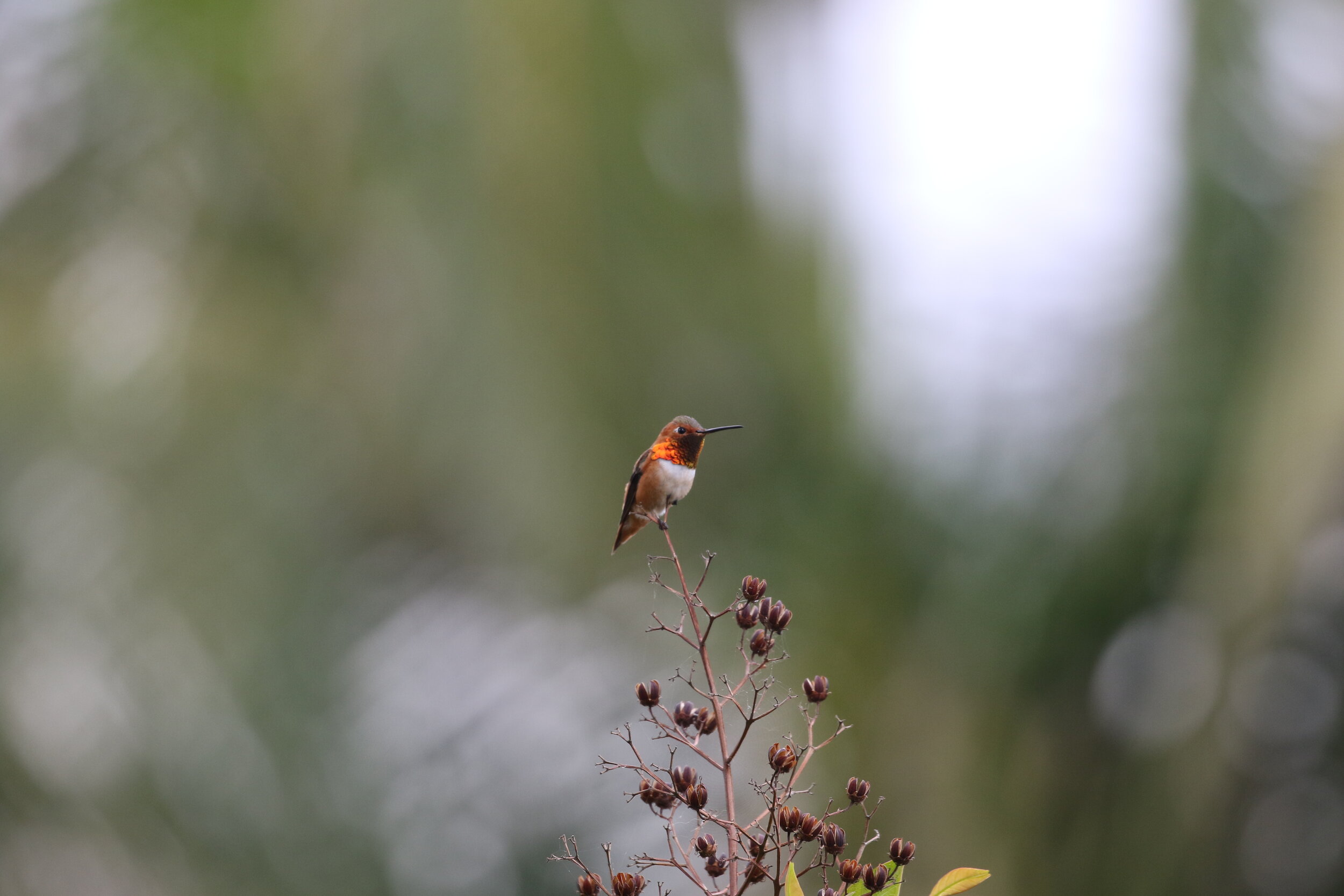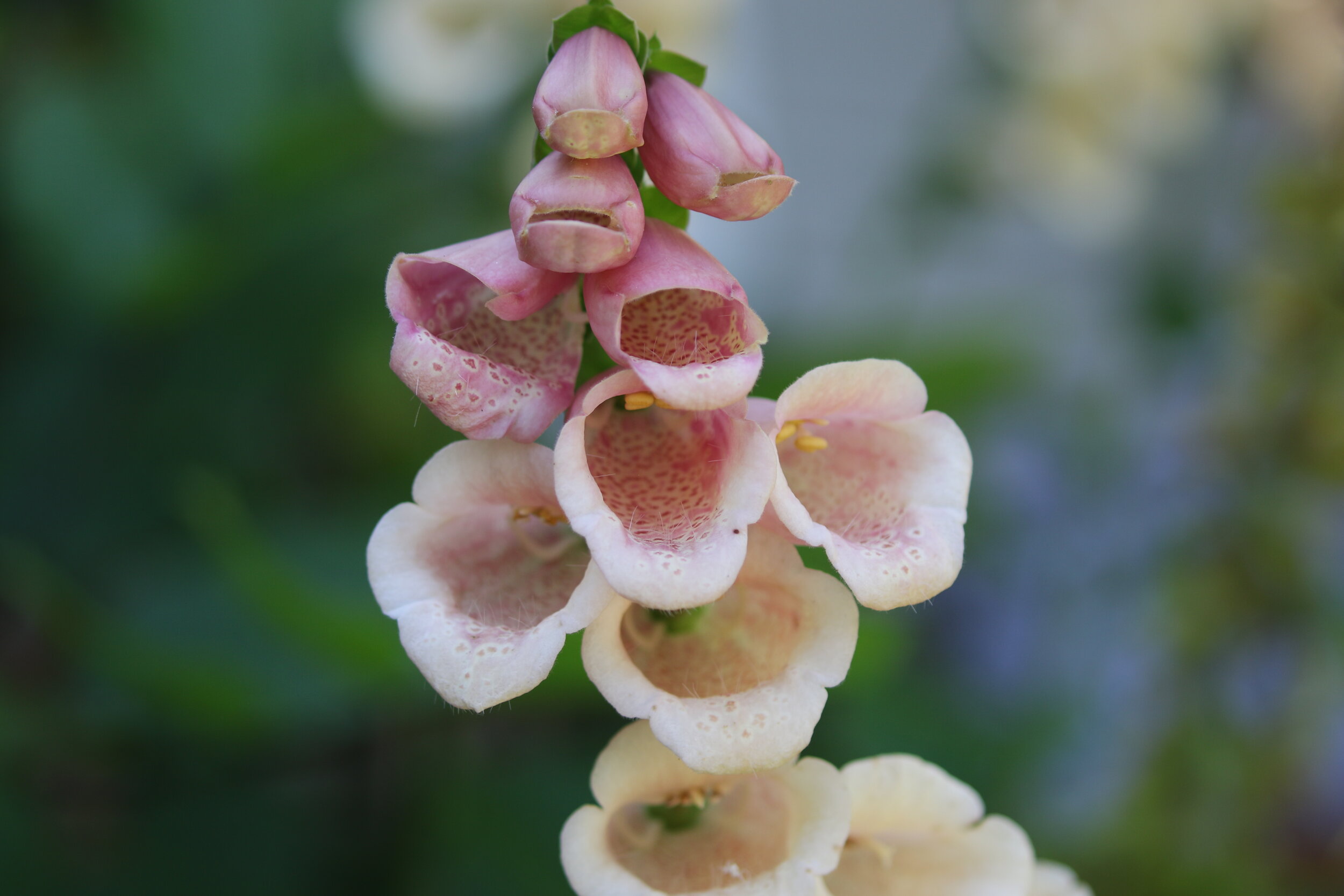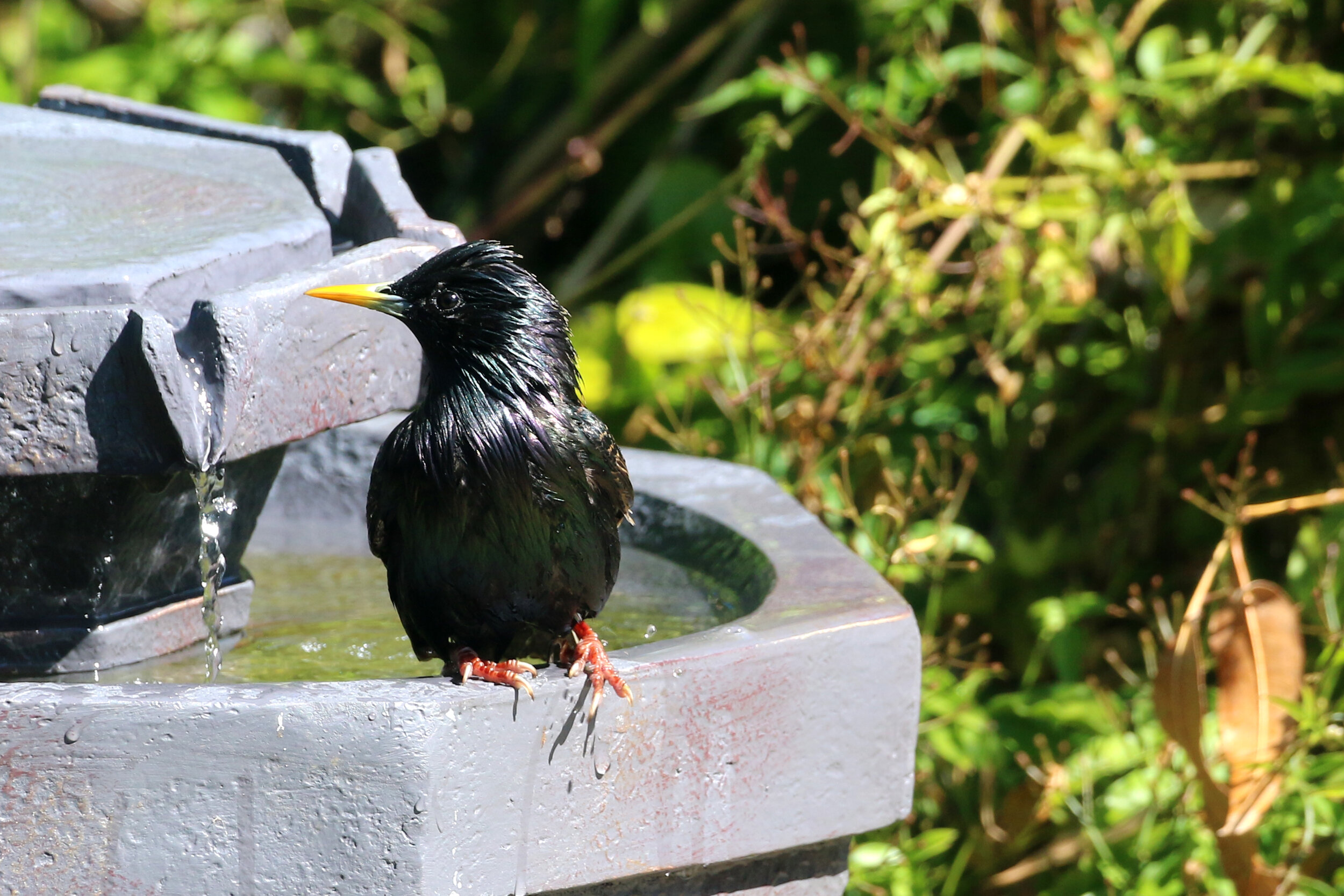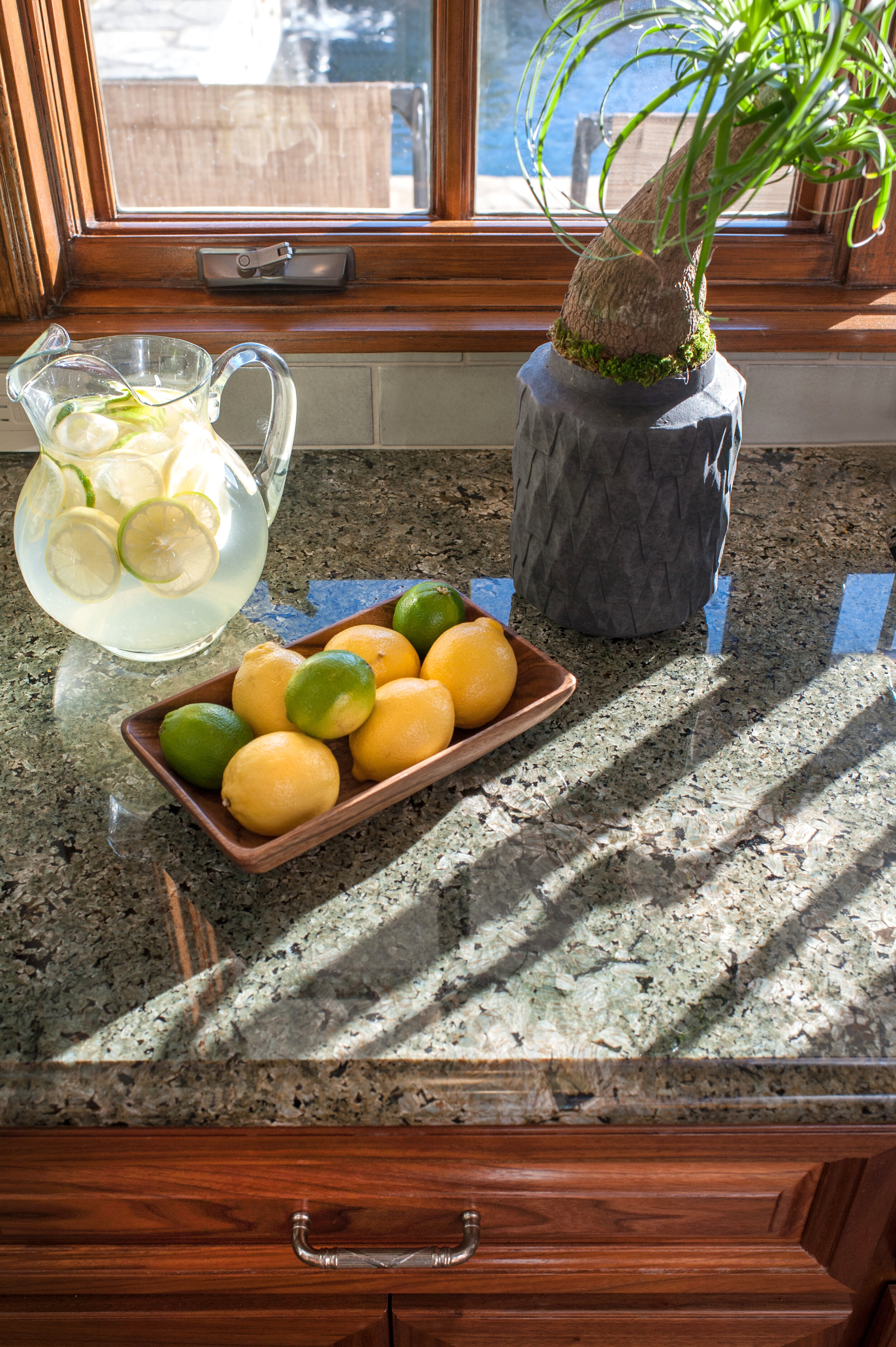Birding for Well-being: How Connecting with Nature Can Improve Mental Health
/Western Tanager
There are many proven health benefits to being in nature daily. For example, walking in the woods, also known as the Japanese custom "forest bathing," or "shinrin-yoku," lowers stress levels and boosts overall well-being.
Scaly Breasted Munia
Researchers from the University of Exeter recently found that bird watching can have a positive effect on mental health. They discovered that people who are able to watch birds from their homes have a lower risk of depression, stress, and anxiety compared to people who live in less nature dense areas with fewer birds…
Biophilia, the hypothesis that humans innately seek a connection with nature, drives biophilic design. This central home design principle aims to create healthy and comfortable spaces through the incorporation of natural elements. As a WELL and LEED accredited interior designer, I use biophilic design to create happy and healthy spaces for my clients. Biophilic home design ranges from adding indoor plants to ensuring proper air circulation throughout the home, to one of my frequent design priorities, arranging spaces to showcase natural views. I invite you to consider amplifying the soothing properties of your view by creating a safe-haven for birds in your yard.
Goldfinch
Birding as a hobby currently ranks second to gardening as America's favorite pastime, with an estimated 43% of all U.S. households, or about 65 million people, participating each year. Watching birds and their behavior may contribute to feelings of relaxation, which in turn leads to reduced stress and improved mental health. As a bird enthusiast, I would agree that watching birds in my garden helps me expand my perspective, gain focus and ultimately feel more at ease.
Bewick’s Wren
Based on my experience, I've put together a list of helpful tips for beginning bird watchers.
To first attract birds to your garden, observe the birds that currently frequent your neighborhood. Investigate their eating preferences and offer their favorite foods in your garden. In Los Angeles county, sprinkling mixed seeds about in the garden will likely attract mourning doves, white-crowned sparrows, and other ground feeders. Towhees love a protein-rich diet, and will eagerly indulge in dried mealworm. Orioles have a sweet tooth and fancy grape jelly and fresh oranges. Goldfinches love thistle seed, and house finches, while willing to eat most seeds, seem most excited for shelled sunflower seeds.
Goldfinch
I began with a tube feeder that only accommodates tiny birds. For the first few months, I solely had house finches visit. The mourning doves came soon after eating the seeds on the ground that the finches dropped. I soon realized that I would need more diverse feeding stations to attract larger birds.
Black-headed Grosbeak + Mourning Dove
If you are hoping to have a greater variety of bird species come to your garden, try adding a platform tray feeder. Last year, I hung a platform tray feeder from a tall post and was delighted when the first scrub-jay arrived. Since then, I've had an ever-expanding variety of visitors that include black-headed grosbeaks, scaly breasted munia, juncos, European starlings and the occasional red-tailed hawk. I've found that somehow birds bring more birds. Once word gets out in the neighborhood that free food is served, they find their way.
If you're still not having much luck attracting birds to your garden, this could be because some species, like Beswick’s wrens, are shy and seldom visit feeders located out in the open. I've outfitted the perimeter of a covered outdoor area in leafy shade plants like an assortment of ferns, Ficus triangularis, and abutilon. Nearby I've nestled a suet feeder among the ferns and hanging baskets of plants. I found that placing the suet feeder amongst the plants provides wrens the security of leafy cover while offering the opportunity to watch the birds feed just feet away. Hummingbirds will also visit to drink from the abutilon blossoms, sometimes only inches away from where I'm sitting. It's magical.
Foxglove
If you're interested in having hummingbirds come to your garden, many plant species attract them. Although they do like hummingbird feeders, they seem even more interested in drinking nectar from flowering plants. Interestingly, bugs comprise a third of a hummingbird's diet; they don't just live on nectar. By planting nectar-abundant plants, you'll also attract more bugs for them to eat. Brightly colored, tubular flowers hold the most nectar and are, therefore, particularly attractive to hummingbirds. Examples of these types of flowers include salvia, foxglove, and fuchsia.
European Starling
Try adding a water feature to your yard. Birds love moving water, and it has been such a delight watching them bathe in a simple multi-tiered fountain. A bird-friendly fountain does not need to be anything elaborate that requires special plumbing; it can be as simple as buying a solar-powered water feature at your local nursery or online retailer. A solar-powered water feature is a cost-effective and energy-friendly option, and its cordless design allows for mobility.
Female Black-headed Grosbeak + Male House Finch
Whenever possible, orient furniture to face views of the outdoors and place bird feeders in locations visible from the indoors, without spooking the birds. It is delightful to watch the early risers, pecking around the garden for insects before sunrise, drinking my morning tea.
Mourning Dove
As more of us are working from remotely now, nature and home design are imperative to promote calmness, serenity, and healthy living. I hope this time at home can provide new opportunities to appreciate our surroundings, and the beauty and pleasure of observing local birds.
White-crowned Sparrow
Sarah Barnard, WELL AP, and LEED AP designs healthy, happy, personalized spaces that connect deeply to nature and art. Empathy and mindfulness are the foundation of her practice creating healing, supportive environments that enhance life.


